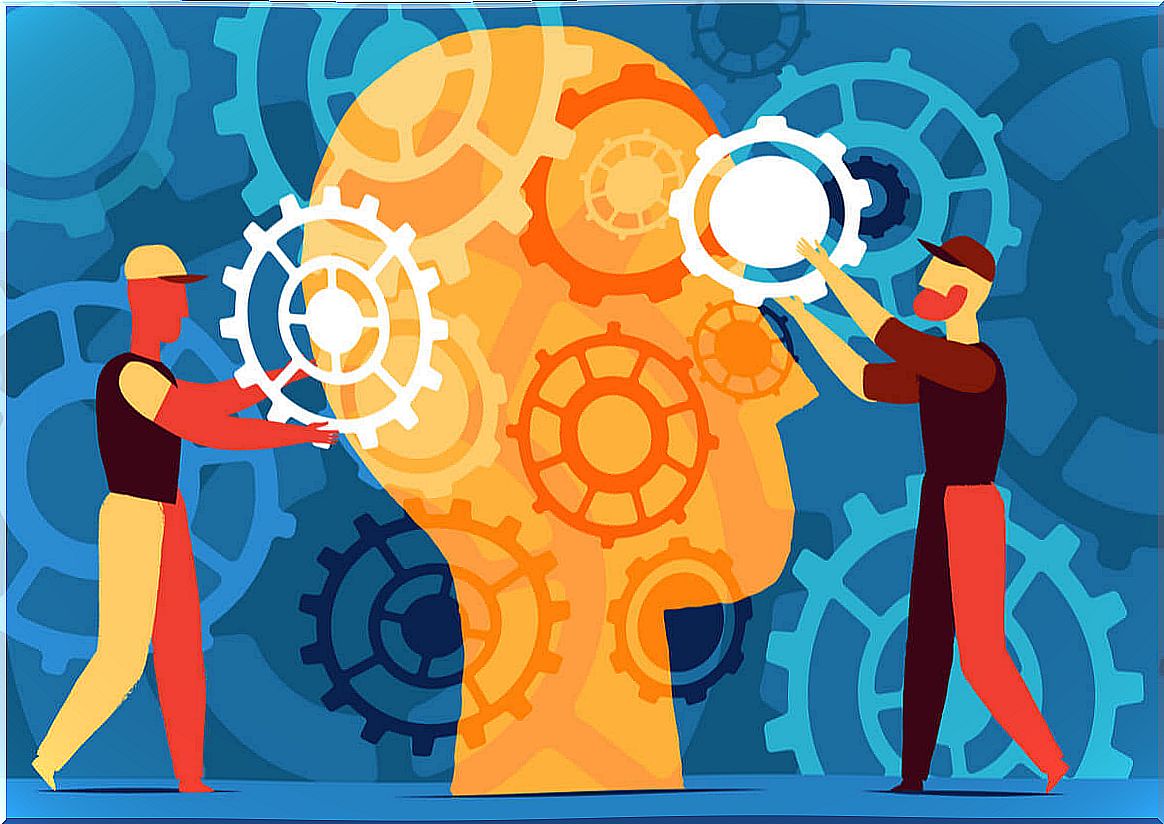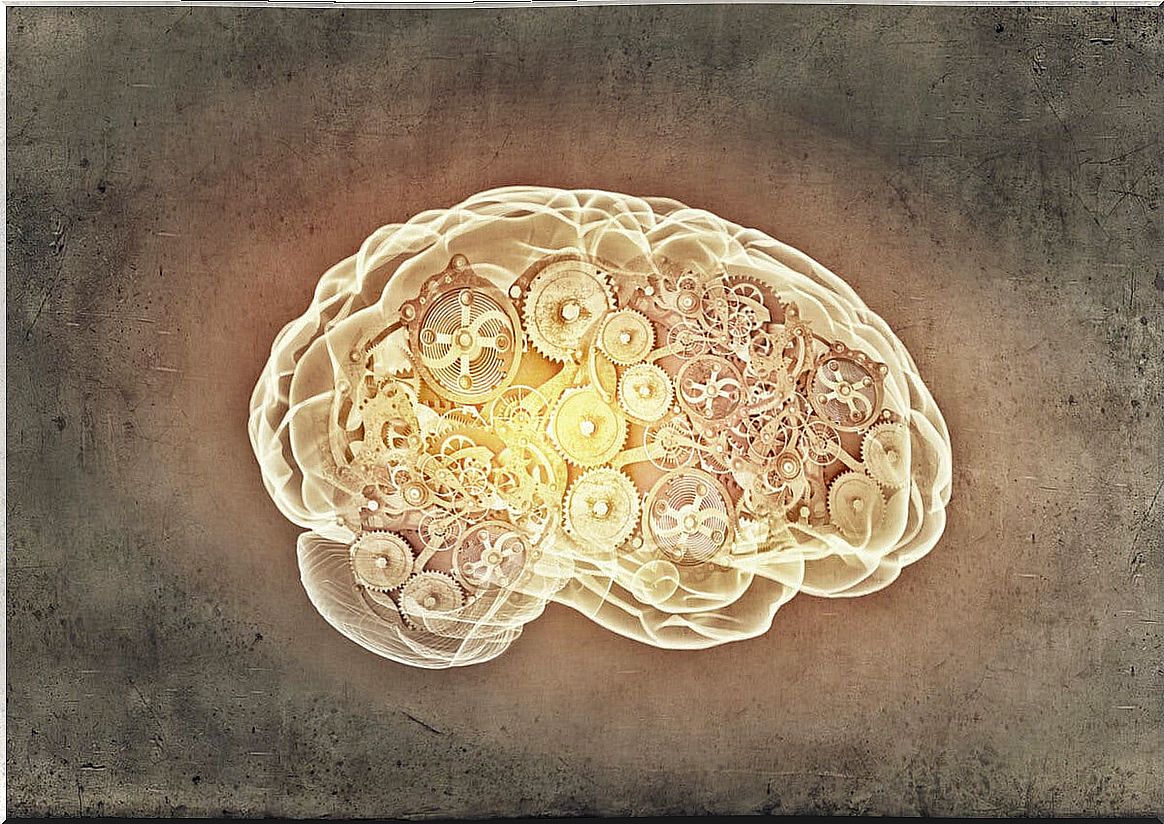For An Education Centered On The Brain And Not On The Data

Dr. Julia Harper is one of the leading figures in the purpose of an education centered on the brain and not on the data. She has a Master’s Degree in Occupational Therapy, a Doctorate in Psychology and directs the Therapeed clinic – a specialized neuroplasticity center that has been operating since 1999.
Harper says that at least one in 25 people does not adequately process the information that reaches their brain, but they do not know it. However, he adds that science has shown that intellectual functions can be maximized with proper training.
Like other experts, he thinks that in many countries there is no brain-centered education , but rather the accumulation of data during learning is encouraged. This is what leads to failure to achieve full performance in various tasks associated with the intellect.

A brain-centered education
In Julia Harper’s opinion, what should be educated in school is the brain. Point out that all learning starts there. In this organ is the cortex and the subcortex and each of these parts plays a role in different moments of learning.
- The subcortex is responsible for 80% of learning. The information adoption and automation processes take place there.
- In the cortex, for its part, the learning outcomes are generated. In traditional education, everything focuses on the cortex, leaving aside the previous processes.
A brain-centered education seeks learning focused on the subcortex. It must start from a deep understanding of the nervous system, so that superior abilities are potentiated. Otherwise, the brain will receive the information, but it will not be able to understand and process it properly.
Learning and neuroplasticity
Julia Harper is forceful in stating that the brain can transform at any age. It is only necessary to train him so that he establishes the connections properly and gives the corresponding orders. Neuroplasticity works to repair connections that are not working well.
The methodology used to achieve this is called WAY and it begins by making a functional division of the brain. For example: level one, the medulla; level two, the upper brain stem and cerebellum; level three, the left or right cortex, and so on.
Then it is established in which area there are difficulties and intervenes. For this, various tools are used and focused exercises are done. These generate new stimuli that allow breaking unwanted habits (connections), and creating others.
To achieve a brain-centered education, there must be a team that includes cognitive therapists, neurologists, audiologists, psychologists, and nutritionists. A treatment of six weeks should be done, in which the first three serve to eliminate habits and the following to build new patterns.

The effect of the environment
One of the examples Dr. Julia Harper cites is that of a young child who is unable to control his bowels. In his view, what is missing there is level two of the brain. Usually this is accompanied by other behaviors such as impulsivity, lack of flexibility and difficulty adapting to changes.
It also points out that parents often do not have the tools to educate their children’s brains. This is evident in certain behaviors that hurt children, but are systematically ignored. Among them are the following:
- Exposure to screens. Harper says science has proven that no child under the age of 2 should be exposed to a screen. This affects your brain, decreasing your attention span.
- The lights on the screen. In addition to the above, Harper notes that the lights on the screen stimulate areas of the brain associated with addictions. Therefore, after the child uses them, they begin to have them around to eat, have fun, etc.
- Antigravity in Babies. Babies need to spend time on their tummies, as antigravity stimulates their brain. This, in addition, helps crawling and the latter is essential for the development of the child.
Thus, an education focused on the brain must start from everything that science has discovered about that organ and how it learns. If this is not done, says Harper, anyway, and thanks to neuroplasticity, it is possible to make corrections at any time in life.









